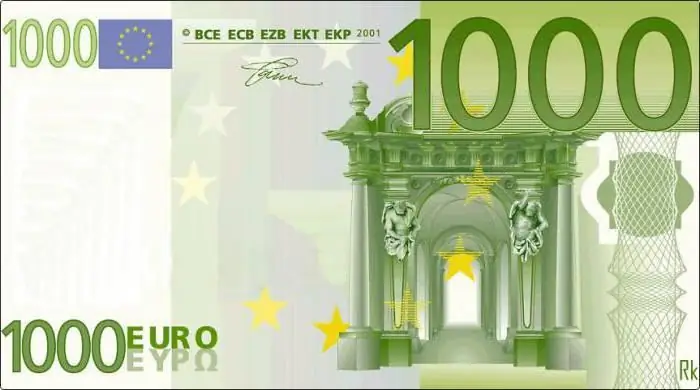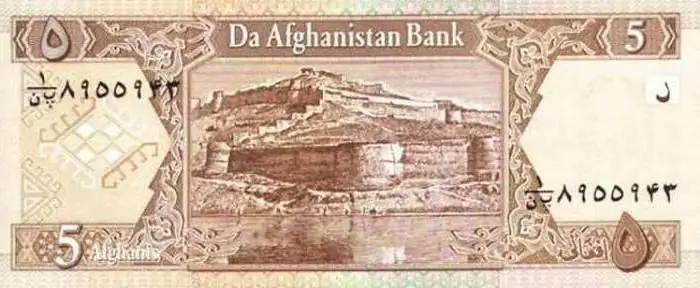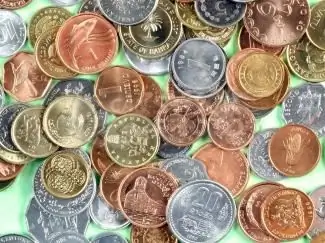2026 Author: Howard Calhoun | [email protected]. Last modified: 2025-01-24 13:10:45
In the Republic of Panama, the official currency is the balboa, consisting of one hundred centesimos. This currency was put into circulation in 1904. The Panamanian Balboa got its name from Vasco Nunez de Balboa, a Spanish conquistador. For thirty years after its introduction until 1934 inclusive, the Panamanian monetary unit had a gold content of 1.5048 grams. According to this indicator, the currency of Panama even slightly exceeded the US dollar, which contained 1.50463 grams of pure gold. Nevertheless, in financial and commercial transactions, the balboa was equated with the American currency. Since 1934, the current exchange rate ratio of two monetary units has been fixed at the level of 1 to 1.

Introduction to the Panamanian Balboa
The currency of Panama in the international financial system has the designation PAB. The National Bank of Panama, which was founded in 1904, has the exclusive right to issue this currency. In 1941, paper banknotes were put into circulation in denominations of one, five, ten and twenty balboas. But a week later they were withdrawn from circulation and disposed of. Popularly, this paper money was called "seven-day dollars".
To this dayThere are no banknotes of the Panamanian balboa in circulation. As an alternative, US dollar bills are used. US dollars have been used as the official currency in the territory of the Republic of Panama since 1904. Moreover, this monetary unit fully participates in the money circulation throughout the country. Along with the dollar, the currency of Panama is used in trade transactions in the form of balboa coins in denominations of one, five, ten, twenty-five and fifty centesimos. The first Panamanian coins were issued in 1973. They were made from a copper-nickel mixture. In addition, the National Bank of Panama is minting special commemorative coins in denominations of one, ten, one hundred and two hundred balboas.
The appearance of Panamanian coins
As already mentioned, the currency of Panama participates in trading operations in the form of coins in denominations of one, five, ten, twenty-five and fifty centesimos.
One centesimo is minted from zinc and plated with copper. On the front side of the coin, in the middle, there is the inscription UN CENTESIMO DE BALBOA, and in the upper part along the edge, the inscription REPUBLICA DE PANAMA. On the reverse side of the coin there is an image of Chief Urraca and the word URRACA, and, in addition, the year of issue.

Five centesimos are made of copper-nickel alloy. On the reverse of the coin, the denomination is located in the middle, below nine stars and the inscription corresponding to the denomination of the coin in a circle around the edge.
Ten and twenty-five centesimos are made of copper and coated with a copper-nickel alloy. In the central part of the reverse of the coinan image of General Vasco Nunez de Balboa, and along the edges of the text with a denomination in a semicircle.
Fifty centesimos are minted from cupro-nickel alloy, and their design is exactly the same as that of the ten and twenty-five centesimos.
Working hours of banks and conditions for exchanging different currencies

In Panama, banking institutions operate on weekdays from Monday to Friday. They open at 8:00 am and stay open until 3:00 pm. On Saturday, banks operate from 8:30 to noon. Foreign banknotes can be purchased at all branches of the National Bank. These include exchange points at the airport and on the territory of other infrastructure facilities. In the local language, such institutions are called casa de cambio. It will be by the way to say that in the capital of the Republic of Panama, the city of Panama, you can buy the currency of almost any other country in the world. In the regions of the country, the US dollar and the euro are in the greatest demand and supply.
Using bank cards and traveller's checks
The Republic of Panama is a fairly developed state from an economic point of view. Therefore, it is not surprising that throughout the country, payment by plastic cards from the main payment systems is allowed: MasterCard, American Express, Diners Club and Visa. Over two hundred ATMs operate in the capital of Panama.

In addition, almost every bank can get cash in exchange for travelers checks. It should be clarified which is the most beneficialis to use the traveler's check in US dollars. This is due to the fact that, as mentioned earlier, in the territory of the Republic of Panama, the currency, to which the balboa rate is tightly pegged, is the US dollar.
Recommended:
The currency of Finland. History, appearance, currency exchange rate

In this article, the reader will get acquainted with the currency of Finland, its history, appearance, and some other characteristics. In addition, you will find out where you can exchange money in Finland
Japanese currency: history of currency development

As you know, there are almost as many types of currency in the world as there are sovereign states on Earth. And for almost every nation, the appearance of their own money is accompanied by changes in the country that have historical significance. The monetary unit of Japan, which arose during the period of epoch-making changes in the "empire of the Sun", is no exception
The EU currency is the euro. Course history. Introduction of the currency

The EU currency is the euro. The introduction of the monetary unit. Initial quotes of the new currency and existing national symbols of the EU countries
The currency of Afghanistan: the history of the currency. Curious information about the currency

Afghan currency Afghani has almost a century of history, which will be discussed in this material
What is a currency? Russian currency. Dollar currency

What is the state currency? What does currency turnover mean? What needs to be done to make the Russian currency freely convertible? What currencies are classified as world currencies? Why do I need a currency converter and where can I find it? We answer these and other questions in the article

